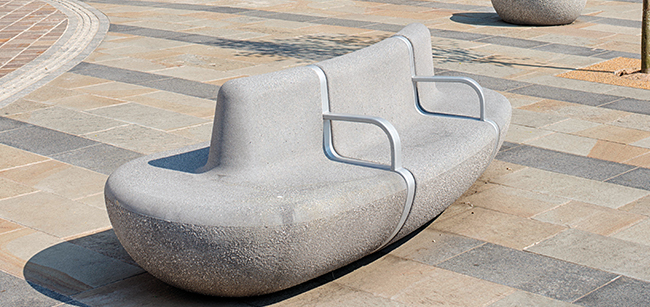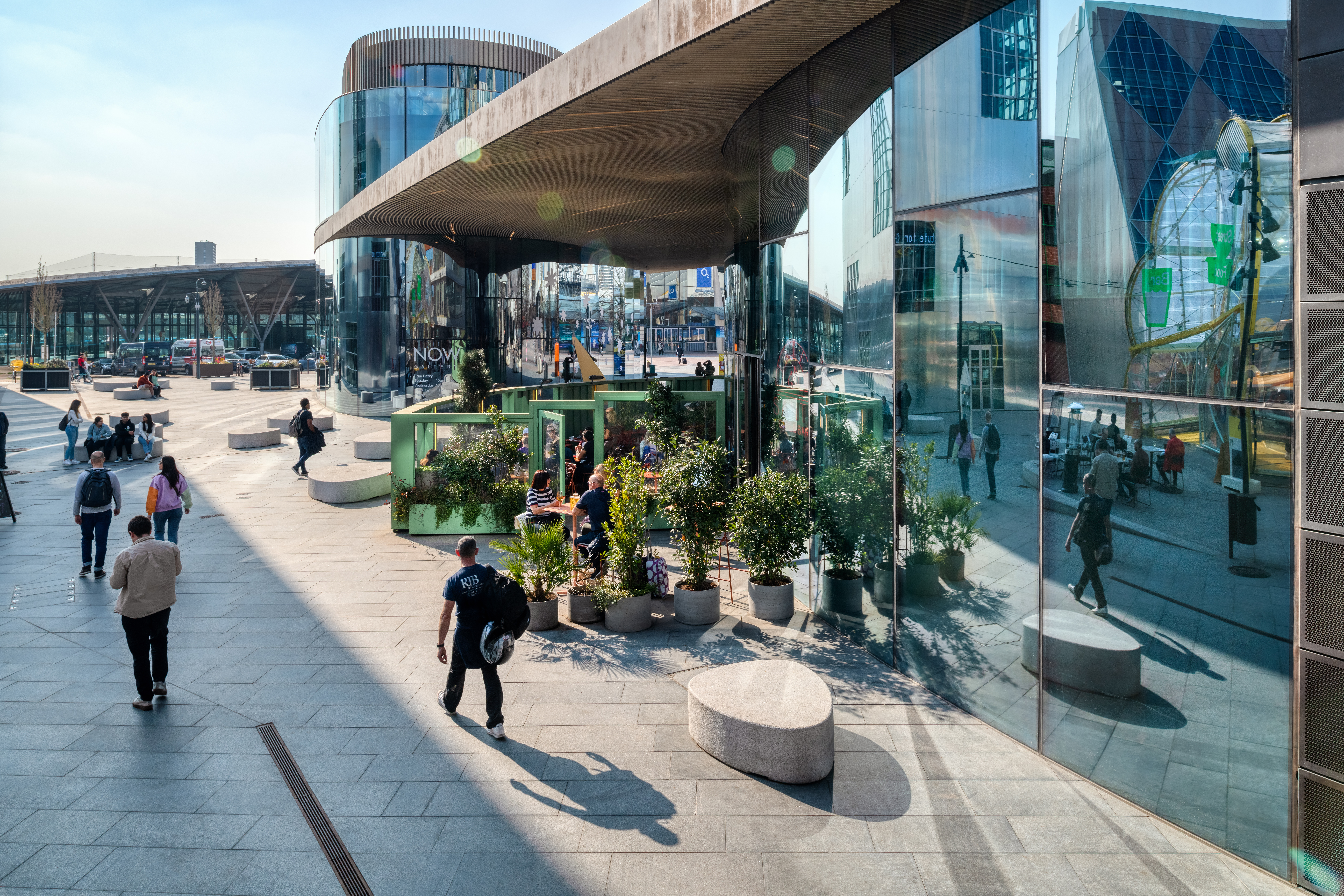Blog
Design and maintenance are integral components in creating safer public spaces. By considering crime prevention, low-maintenance materials, effective management processes, and community engagement, we can design public spaces that not only deter criminal activities but also promote a sense of ownership and well-being within our communities. Investing in these principles ensures that our public spaces remain vibrant, inviting, and secure for everyone to enjoy.
In this blog post, we’ll explore the relationship between design, maintenance, and public safety, drawing insights from research and practical examples.
What's the impact on safety if spaces are not well maintained?
Ensuring that a space can, and will be, well maintained long after it’s completed can be a challenge; especially taking into account budget cuts and a lack of economic and political stability. However, evidence strongly indicates that this is vital; demonstrating that people behave less favourably in spaces that appear to be uncared for.
In 2008, a study conducted by the University of Groningen in the Netherlands, led by Kees Keizer, found compelling evidence to support the "broken window" theory. This theory suggests that disorder and neglect in an outdoor space can create a cycle of degeneration and security challenges. Keizer and his team demonstrated how people's behaviour is profoundly influenced by the quality of public spaces. In areas marked by litter, graffiti, and poorly maintained buildings, incidents of theft and other forms of anti-social behaviour increased. Keizer et al’s conclusion was clear: one type of anti-social conduct often leads to others, as the sense of social obligation diminishes.
Maintenance Beyond Crime Prevention

Marshalls provide materials that can assist with this.
Despite the stark evidence given above, maintaining public spaces isn't solely about minimising crime; it encompasses a broader spectrum of safety concerns. For instance, trip and slip hazards pose a significant risk to all users, especially those who are older or less mobile. The Safer Spaces Survey highlights the importance of addressing these concerns in public spaces
Low Maintenance Materials and Infrastructure

Aldgate in London incorporates low maintenance and green, sustainable materials.
To ensure public spaces remain usable, safe, and sustainable, regular maintenance is key. It's crucial to factor in ongoing maintenance costs during the design stage to ensure that project budgets are met not only upon completion, but also in the long run.
Incorporating low-maintenance materials and infrastructure is a good strategic approach. For hard landscaping elements like street furniture, paving, kerbs, and roads, selecting quality products with longer lifespans can reduce the need for frequent interventions. Features such as anti-graffiti coatings, weather-resistant materials, and sustainable urban drainage systems can also protect against damage and reduce maintenance requirements.
Regarding technology systems like CCTV, maintenance and future-proofing are critical considerations. Systems should be designed to allow for updates and improvements, preventing them from becoming obsolete over time.
Local Ownership and Engagement

Greenwich Design District in London is a great example of this.
Increased community involvement and local ownership play a vital role in improving social obligation and protecting public spaces from vandalism, littering and other anti-social behaviour. Engaging with local stakeholders, including businesses, occupiers, and public space users, during the design stage can help shape plans, ensuring that public spaces are both safe and functional.
Further learning about creating safer spaces
Maintenance is one of the design pillars featured in our Creating Safer Spaces whitepaper, available to download for free. The safety and security of public spaces is essential for the well-being of communities. In the quest to create safe public spaces, design and maintenance play pivotal roles.
As well as the whitepaper, you can now book our Creating Safer Spaces CPD, allowing you to use the insight and pillars for future space design. The session lasts an hour and can be delivered online or in person.










